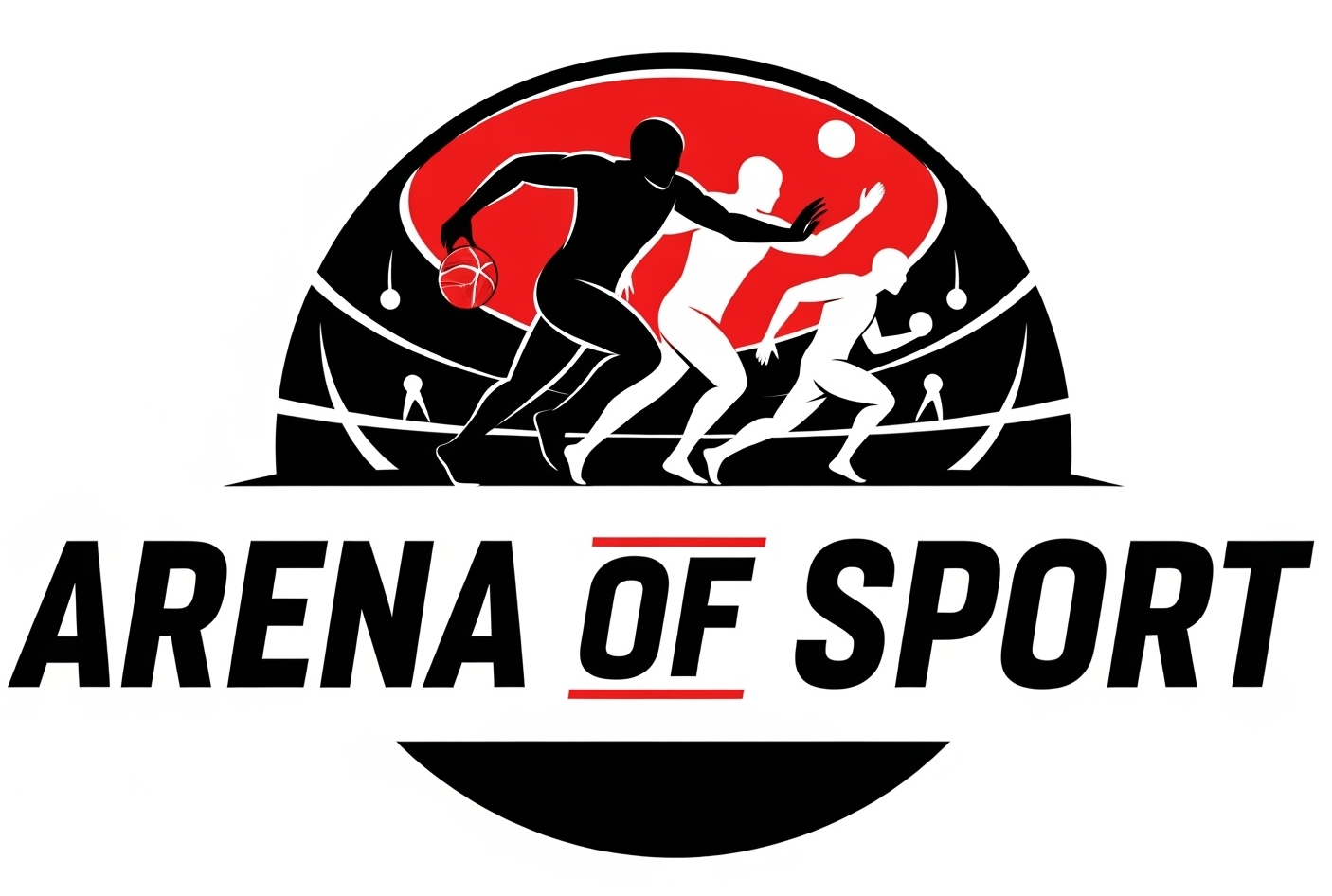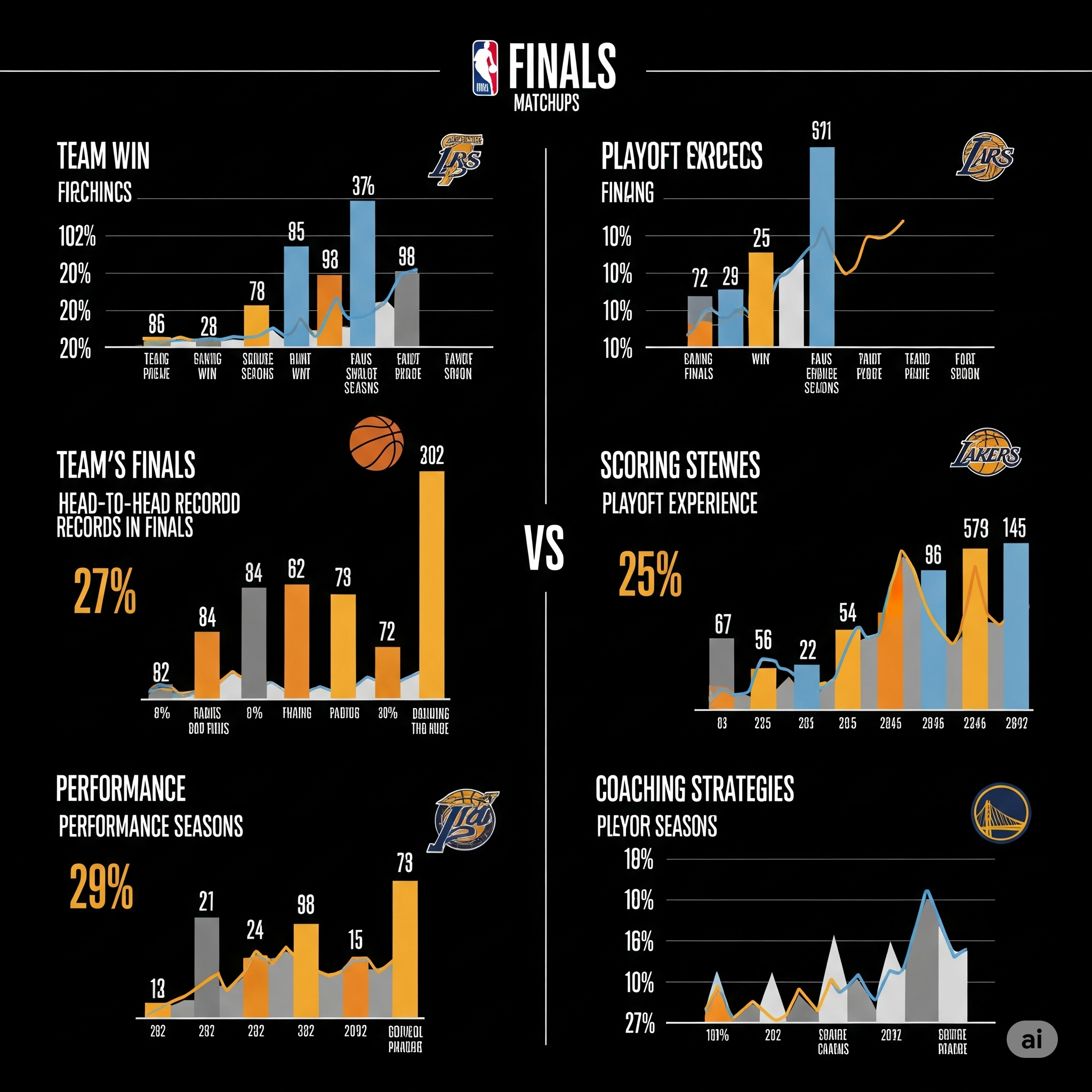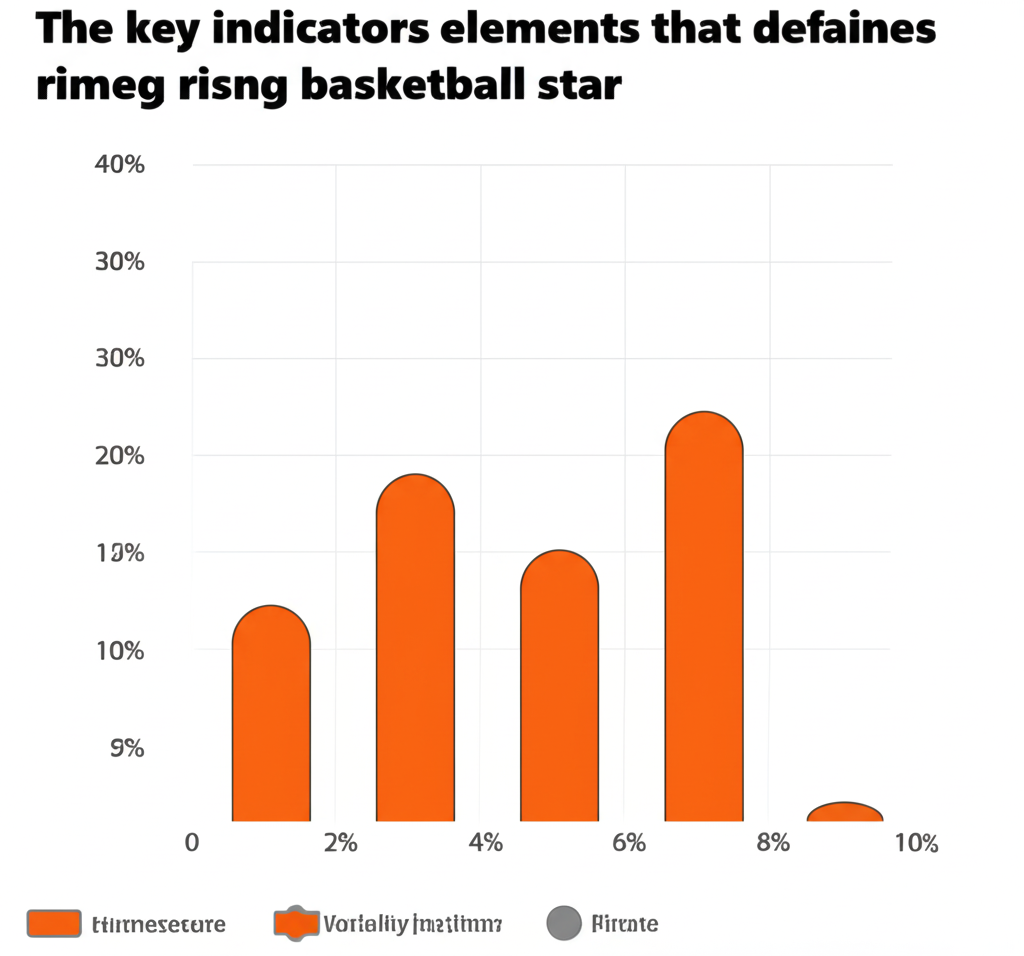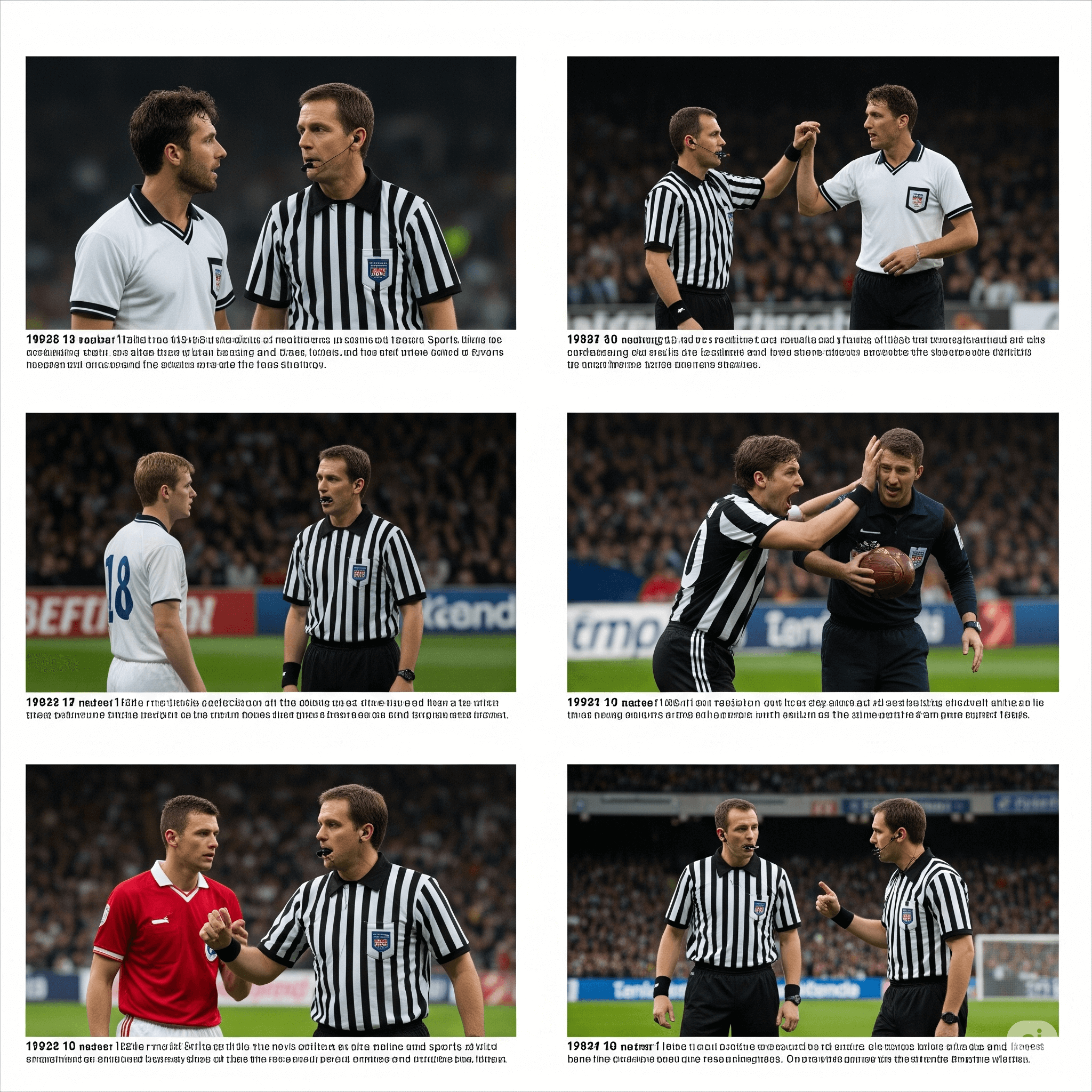June 19, 2016. Oracle Arena. Game 7. The most dominant regular season team in NBA history — the 73-win Golden State Warriors — leads the Cleveland Cavaliers by four points with three minutes remaining. LeBron James, playing in his sixth straight Finals, faces the ultimate test. One defensive stop. One transition block. One impossible three-pointer by Kyrie Irving. Suddenly, Cleveland has its first championship in 52 years, and the greatest regular season record becomes a historical footnote. That’s the beautiful chaos of NBA Finals matchups — where individual greatness collides with team chemistry, where coaching adjustments outweigh talent advantages, and where single moments create or destroy legacies. Finals series aren’t just basketball games; they’re seven-act dramas where the script changes nightly and the ending remains unwritten until the final buzzer.
The LeBron factor — how one player rewrote Finals history across three franchises
No player has dominated Finals narratives like LeBron James. Ten Finals appearances with three different teams. Eight consecutive Finals from 2011-2018. Four championships with three franchises. But LeBron’s Finals impact transcends statistics — he fundamentally altered how we understand individual influence on championship dynamics.
The superstar mobility revolution
Before LeBron’s “Decision” in 2010, superstars typically spent entire careers with single franchises. Magic stayed in Los Angeles. Bird remained in Boston. Jordan’s brief baseball hiatus aside, he was synonymous with Chicago. LeBron changed this paradigm by strategically moving between teams to optimize championship opportunities, creating the modern era of player empowerment.
Elevating teammates beyond their natural abilities
LeBron’s Finals teammates often perform at career-best levels during championship runs. Role players like Matthew Dellavedova, Tristan Thompson, and Danny Green became household names because LeBron’s playmaking creates optimal scoring opportunities. This elevation effect explains why LeBron’s teams consistently overperform talent expectations in Finals settings.
The longevity factor in Finals competition
LeBron’s decade-long Finals dominance revealed how sustained excellence can reshape entire conference dynamics. His presence in the Eastern Conference from 2011-2018 essentially guaranteed a Finals berth, forcing other Eastern teams to build specifically to counter his style. This created an arms race that defined an entire basketball generation.
East versus West dynasties — the geographic chess match that shaped championship eras
NBA Finals history reveals clear patterns of geographic dominance. The 1980s belonged to Eastern Conference titans like Boston and Philadelphia. The 1990s saw Chicago’s Eastern dominance. The 2000s featured Western Conference supremacy through San Antonio, Los Angeles, and Golden State. These patterns reflect deeper organizational philosophies and talent distribution trends.
The Western Conference’s systematic advantages
Western Conference success in the 2000s wasn’t coincidental. Better organizational management, superior coaching development, and more effective draft strategies created sustained competitive advantages. Teams like San Antonio and Golden State built championship cultures through intelligent front office decisions rather than pure talent accumulation.
Eastern Conference rebuild cycles and competitive imbalances
The Eastern Conference has historically struggled with organizational consistency. Teams alternated between championship contention and complete rebuilds, creating competitive imbalances that allowed superior teams to dominate for extended periods. LeBron’s teams benefited from this instability, facing fewer elite opponents during playoff runs.
Market size mythology versus organizational excellence
Small-market teams like San Antonio proved that organizational excellence trumps market advantages in championship construction. Meanwhile, large-market teams like New York and Los Angeles often underperformed despite financial advantages, demonstrating that Finals success requires more than spending power.
Star power collision theory — when individual brilliance meets team chemistry
Finals matchups often feature fascinating tensions between individual superstar performances and collective team chemistry. The most compelling series occur when elite individual talent faces superior team cohesion, creating tactical chess matches that swing based on game situations.
The greatest Finals feature multiple Hall of Fame players at peak performance levels, but championship outcomes often depend on which team better integrates individual brilliance with collective execution.
The isolation versus ball movement philosophical divide
- Hero ball effectiveness: When individual creation becomes necessary in clutch moments
- System basketball advantages: How consistent ball movement creates better shot opportunities
- Situational adaptability: Teams that can toggle between styles based on game flow
- Defensive impact: How elite individual defenders can disrupt team offensive systems
- Coaching influence: How tactical adjustments maximize or minimize individual advantages
- Depth considerations: How role player performance affects superstar usage rates
Miami’s 2013 championship illustrated this dynamic perfectly. Individual brilliance from LeBron and Wade carried them through difficult stretches, but their championship-clinching performances featured beautiful ball movement and team execution.
Superstar supporting cast dynamics
Championship teams require superstars to elevate role players while role players provide superstars with optimal support. The most successful Finals teams feature seamless integration between star talent and supporting cast, where everyone understands their roles and executes them consistently.
Coaching chess matches — how tactical adjustments decide seven-game series
Finals coaching transcends regular season strategy. The best Finals coaches make series-altering adjustments that completely change matchup dynamics. These tactical battles often determine championships more than pure talent differentials.
In-series adaptation that swings momentum
Great Finals coaches identify opponent weaknesses during series and adjust accordingly. Steve Kerr’s decision to start Andre Iguodala in the 2015 Finals completely changed Golden State’s defensive identity. Erik Spoelstra’s zone defense adjustments against San Antonio in 2013 created the spacing Miami needed for their championship run.
Timeout usage and game management psychology
Finals coaching extends beyond X’s and O’s to psychological management. When to call timeouts, how to manage player emotions, and maintaining composure during crucial moments often determine tight series outcomes. The best Finals coaches understand that managing people is as important as managing strategy.
Rotation decisions under ultimate pressure
Finals rotations require balancing optimal lineups with player psychology and matchup considerations. Coaches must decide when to ride hot hands versus sticking with proven combinations. These decisions become magnified under Finals pressure, where single possessions can determine championships.
The role of role players — unsung heroes who swing championship momentum
Finals history is filled with unlikely heroes whose performances altered championship outcomes. Role players often thrive in Finals settings because reduced expectations allow them to play freely while increased attention on superstars creates better scoring opportunities.
The Finals breakout performance phenomenon
Role players regularly have career-defining Finals performances that change series trajectories. These breakouts occur because Finals defensive focus typically concentrates on stopping superstars, creating opportunities for secondary players to impact games in decisive ways.
Defensive specialists who neutralize opposing stars
- Perimeter stoppers: Players who can slow down elite wing scorers
- Interior anchors: Centers who protect the rim against driving lanes
- Switching versatility: Players who can guard multiple positions effectively
Defensive role players often determine Finals outcomes by limiting opposing superstars’ effectiveness, forcing teams to find alternative scoring sources that may not exist.
Home court advantage mythology — does venue really matter in Finals pressure?
Home court advantage in Finals series creates fascinating psychological and tactical dynamics. While crowds and familiarity provide benefits, Finals pressure often neutralizes traditional home court advantages as both teams face unprecedented intensity levels.
Legacy-defining moments — single plays that echo through basketball eternity
Finals series create moments that define player legacies forever. These aren’t just great plays — they’re cultural touchstones that shape how basketball history remembers individual careers and team achievements.
The cruelest aspect of Finals competition is how single moments can define decade-long careers. Players spend years reaching championship stages, only to have their legacies determined by individual plays under ultimate pressure. Yet these moments also create the magic that makes Finals basketball compelling — the knowledge that immortality or heartbreak can be decided by a single shot, steal, or defensive stop.




